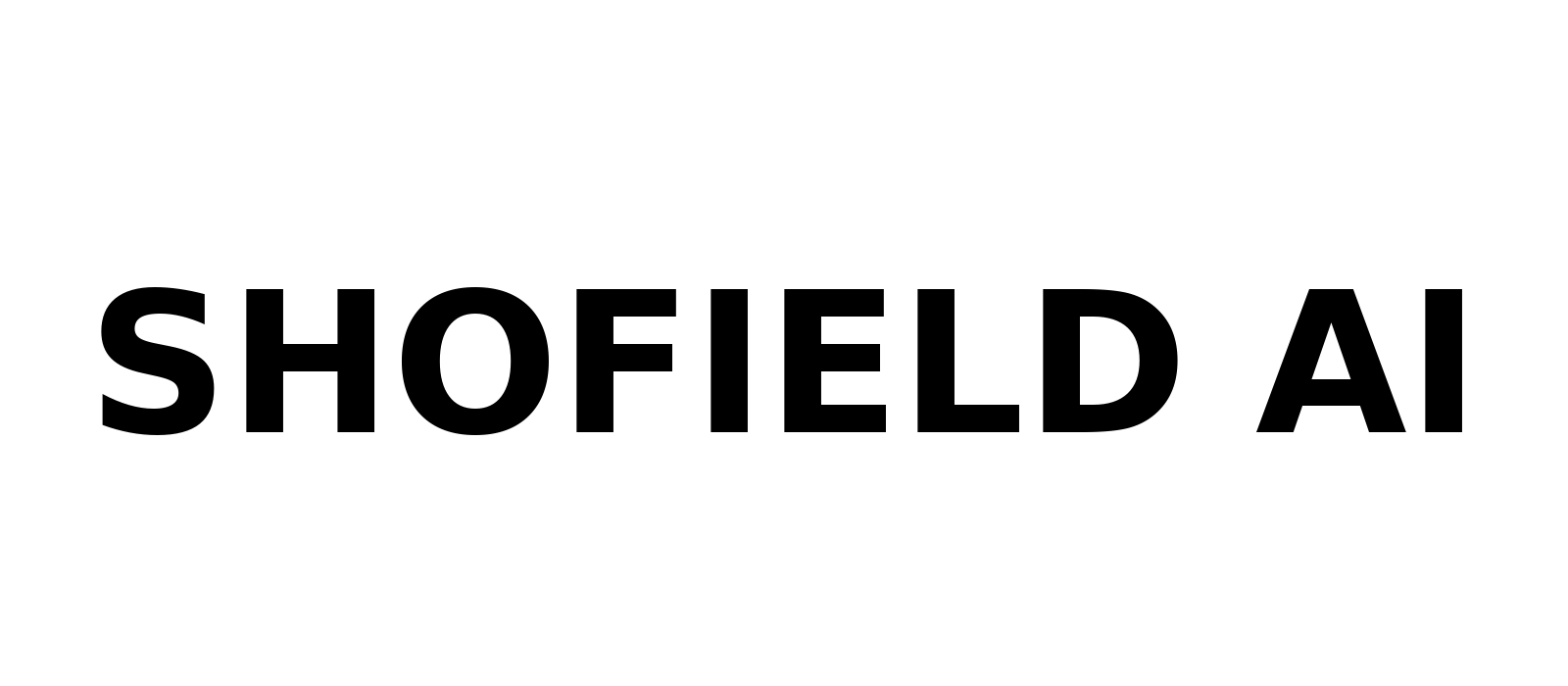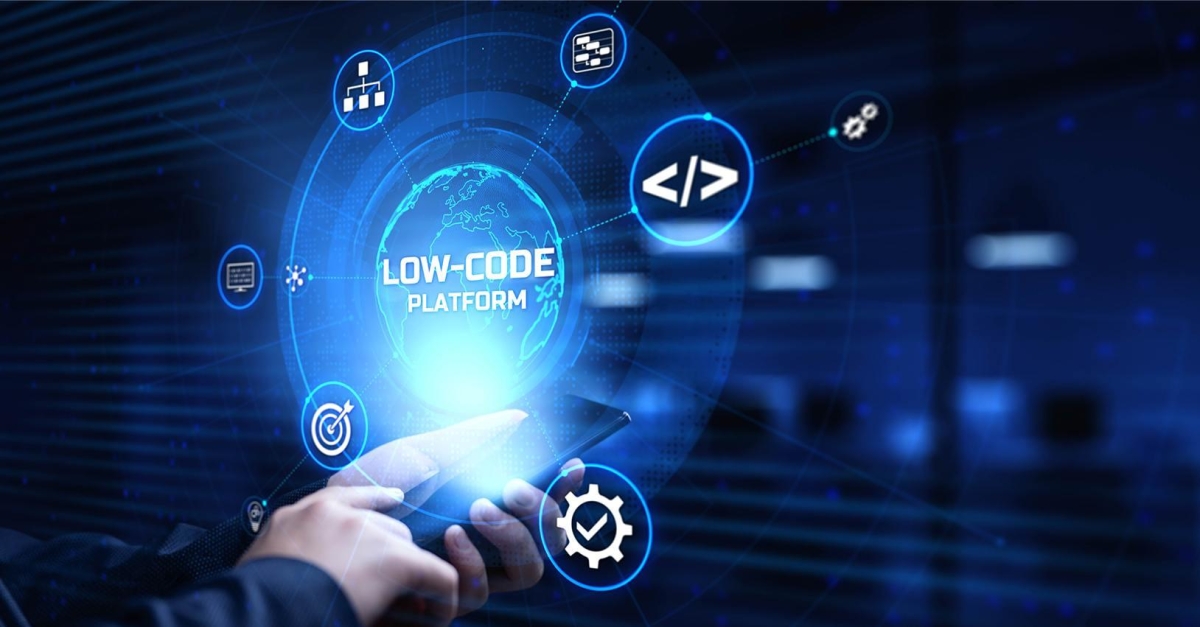There's Something Weird About ChatGPT o1 Use Cases…
In the ever-evolving world of artificial intelligence, few topics generate as much intrigue and discussion as the capabilities of advanced language models like ChatGPT. In the YouTube video titled ”There’s Something Weird About ChatGPT o1 Use Cases,” viewers are taken on a fascinating journey through the varying applications of these models. The video delves into the specific use cases that the o1 model addresses, revealing a landscape where only a small fraction demands the highest caliber of AI intelligence. The content highlights the distinction between GPT-4 and o1, shedding light on how their approaches to problem-solving differ. With an emphasis on reasoning over mere response generation, the video encourages viewers to reconsider what they truly need from AI technology in their daily tasks. In this blog post, we will explore the key discussions from the video, unpack the intriguing insights, and analyze the future implications of AI models. Join us as we peel back the layers of these advanced systems and discover their true potential in practical application.
Exploring the Spectrum of Model Capabilities and Use Cases

In the realm of artificial intelligence, the utility of various models spans a wide range of applications, with an intriguing distribution of use cases. A remarkable 90% of tasks can be efficiently managed by models that run on standard personal computers, highlighting the accessibility and versatility of existing technology. As we delve deeper, an additional 6-8% of use cases can be effectively addressed by advanced models such as GPT-4 or other frontier technologies, showcasing a gradual shift towards more robust capabilities. However, a notable insight is that only about 1-2% of all potential use cases truly demand cutting-edge intelligence—an intriguing concentration that suggests specialized applications for the most advanced systems. These figures raise questions about the necessity for continuous evolution when a vast majority of requirements can be met through more accessible models.
The differences between the emerging 01 series and previous iterations, such as GPT-4, significantly enhance the operational landscape. While GPT-4 excels at quick predictive responses, the 01 model embodies a more reflective and logical problem-solving approach. Its unique ability to follow a Chain of Thought enables it to evaluate and refine responses, leading to more accurate and reasoned outputs. Notably, the 01 model currently lacks tool support, internet browsing, and custom GTP functionalities, which could limit its immediate utility. However, as these features are integrated, the potential for the 01 model could grow exponentially, inviting speculation about its future capabilities. A table below summarizes the distinctions and current limitations of these models:
| Feature | GPT-4 | 01 Model |
|---|---|---|
| Response Type | Predictive | Reflective & Logical |
| Reasoning Ability | Basic Reasoning | Enhanced Problem Solving |
| Tool Support | Available | None |
| Internet Access | Available | Not Available |
| Custom GTPs | Supported | Not Supported |
Understanding the Distinction Between Predictive Responses and Logical Problem Solving

The evolving capabilities of AI models illustrate a fundamental shift in how they process and output information. Predictive responses, like those generated by models such as GPT-4, are primarily focused on rapidly generating the next piece of text based on a given prompt. This is characterized by a reflexive approach, where the model outputs the most probable next token without delving deeply into the logical structure of the problem at hand. In contrast, the 01 series represents a pioneering leap towards logical problem solving, employing reasoning skills that allow it to reflect upon its outputs, assess different strategies, and recognize any errors in its thought process. This reflective quality transforms the interaction from mere prediction to a more nuanced understanding of complex tasks.
This distinction not only enhances the effectiveness of the AI in solving intricate problems but also appears to improve user experiences when engaging with these models. While the majority of use cases can indeed be handled by simpler models, the true power and utility emerge in that small percentage of applications requiring deeper cognitive engagement. The 01 model’s ability to approach problems with a reasoning mindset signifies a noteworthy evolution in AI, as it paves the way for future advancements that could incorporate tools and even internet access. The table below summarizes these differences succinctly:
| Characteristic | Predictive Responses | Logical Problem Solving |
|---|---|---|
| Response Speed | Instantaneous | Measured and Reflective |
| Approach | Probabilistic | Reasoned and Analytical |
| Error Recognition | Limited | Adaptive |
| Use Cases | Basic Applications | Complex Problem Solving |
Maximizing Efficiency: Recommendations for Choosing the Right Model for Your Needs

When selecting the right model for your needs, assessing your specific use case is crucial. Ninety percent of typical applications can be effectively managed by standard models that operate on local machines. Such models tend to be more than adequate for tasks like text generation, basic data analysis, and simple conversational interfaces. In contrast, a further 6 to 8% of use cases benefit from advanced models such as GPT-40 or similar frontier models, which excel in more complex scenarios where deeper reasoning and nuanced understanding are required.
For the remaining 1 to 2% of specialized use cases, only cutting-edge intelligence will suffice. This select group includes high-stakes fields like advanced scientific research, intricate multi-layered problem-solving, and tasks requiring real-time data processing with intricate inputs. Understanding these tiers can significantly streamline your decision-making process. To visualize this approach, consider the following table that outlines model suitability based on task complexity:
| Use Case Type | Model Recommendation | Complexity Level |
|---|---|---|
| Basic Text Generation | Standard Model | Low |
| Moderate Data Analysis | GPT-40 | Medium |
| Advanced Research and Problem-Solving | Cutting-Edge Model | High |
The Future of AI Models: Anticipated Features and Innovations

As AI models evolve, we can expect a shift from mere predictive capabilities to a more complex logical problem-solving approach. The emerging models are designed to integrate enhanced reasoning processes, which allow them to evaluate multiple strategies and recognize their own errors. This progression not only improves the quality of responses but also increases the model’s ability to tackle a wider range of use cases effectively. Notably, around 90% of current applications can be handled by smaller, locally-fit models, while 6% to 8% require more advanced versions like GPT-40. However, only a mere 1% to 2% will genuinely need the cutting-edge capabilities of future models, emphasizing the necessity for ongoing innovations to meet diverse demands.
Looking ahead, there are some anticipated features that could revolutionize how these models operate. The future iterations might include tool support, browsing capabilities, and extended context windows, which would significantly enhance the AI’s functional scope and overall performance. To illustrate the potential features and innovations, consider the following table:
| Feature | Description |
|---|---|
| Tool Support | Integration with external applications to facilitate complex tasks. |
| Browsing Capabilities | Real-time information retrieval from the internet. |
| Extended Context Windows | Ability to process larger amounts of text for more coherent responses. |
In Summary
In wrapping up our exploration of the intriguing world of ChatGPT and its 01 use cases, we’ve journeyed through the distinctions between various models, particularly the promising capabilities of the 01 series compared to its predecessors. The video laid bare the reality that while a staggering 90% of use cases can be effectively managed by simpler models, it’s the remaining 1 to 2% that truly deserve the spotlight for their demand for cutting-edge intelligence.
We’ve witnessed how this new generation of models shifts from mere predictive responses to a more robust, reasoning-based approach that emphasizes logical problem-solving. It’s fascinating to think about the potential these models hold and how their future iterations could tackle even more complex challenges with tools and web access, expanding their utility beyond our wildest expectations.
For those of you captivated by the developments in artificial intelligence, keeping an eye on how these technologies evolve is essential. Whether you’re a skeptic or a supporter, there’s no denying that understanding these advancements offers invaluable insights into where technology, communication, and problem-solving are headed.
As we close this chapter, let’s stay curious and engaged, reflecting on how these tools might shape our lives and work in the coming years. Thank you for joining us on this enlightening journey! Stay tuned for more updates, analyses, and discussions in the future. Until next time, keep exploring!






